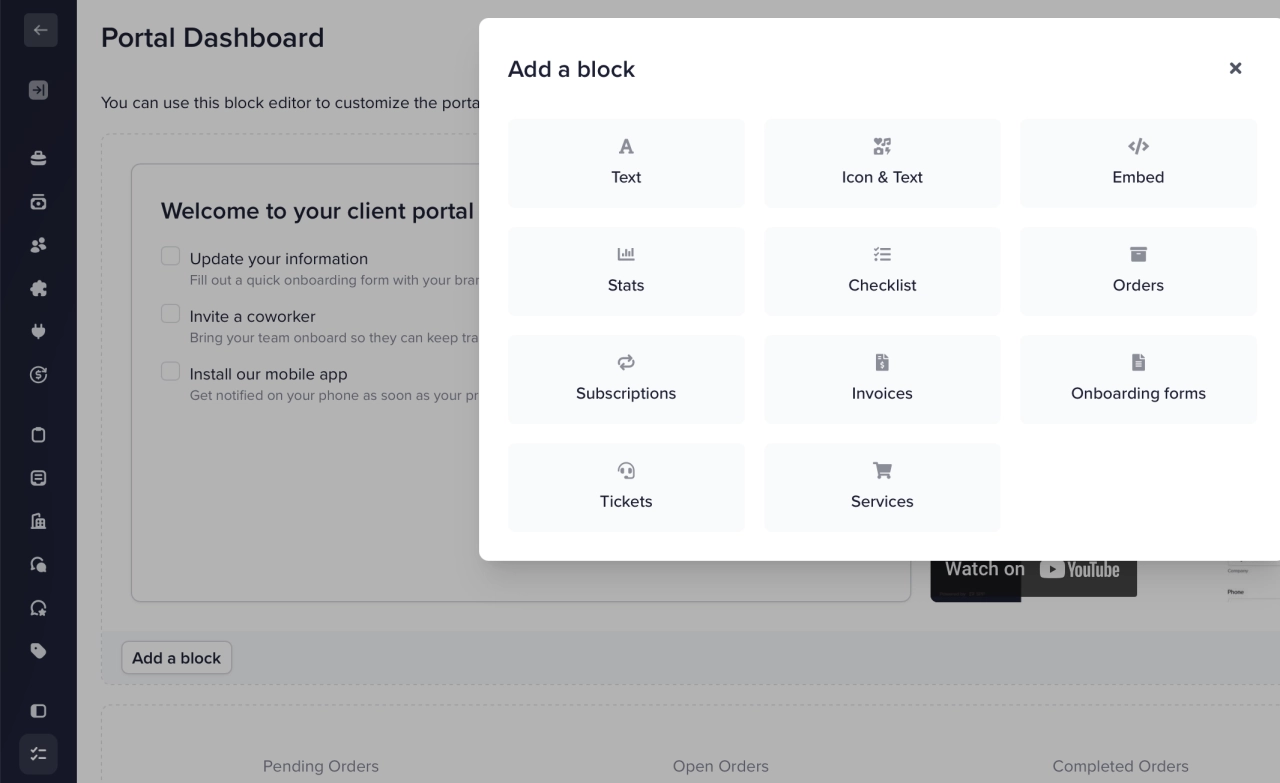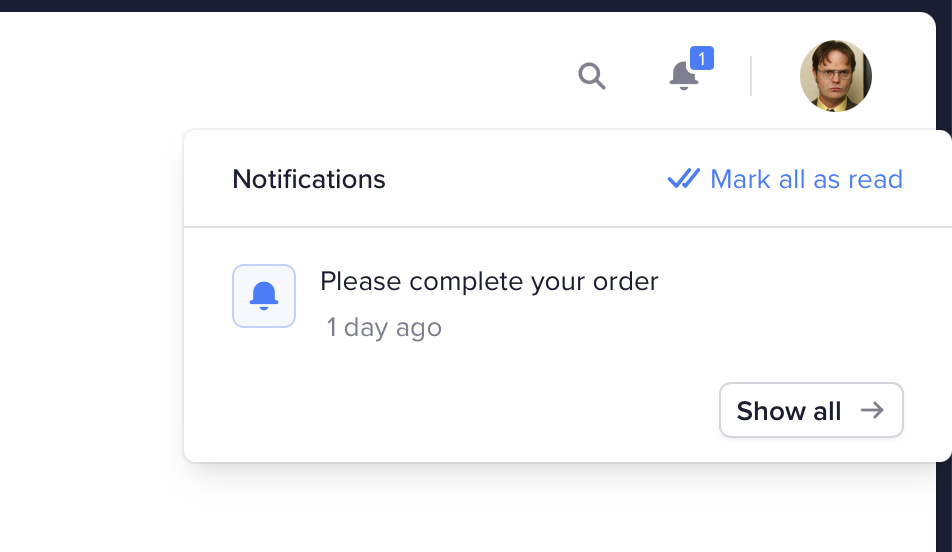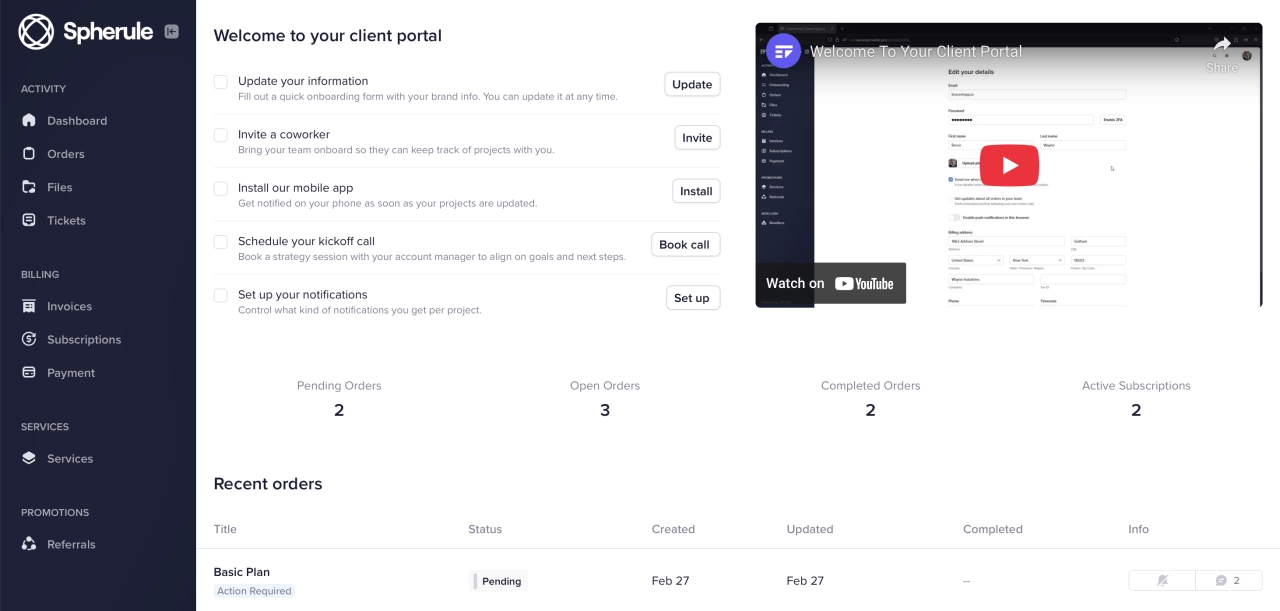Your prospect picks the other agency
Their system just looked more professional. Sound familiar?
Can you email me the report?
Copy-pasting between tools
The other agency had a dashboard…
What if you could create something no other agency can replicate?
Build custom marketing dashboards in minutes
The one thing no other agency platform offers. Our Dashboard Block Editor lets you create custom client experiences that make competitors look amateur.

14+ marketing tool integrations
Complete white-label branding
Mobile-optimized client access

Everything from the client-facing side is handled through SPP.co, which has been incredible for us in terms of the transparency clients get.Watch the case study →

What your clients actually experience
Replace confusing email chains and scattered files with a professional portal that makes your clients feel like they're working with the best agency in town.
Where do I check our campaign performance?
Instead of hunting through email threads, your clients log in to see real-time campaign performance, upcoming deliverables, and team updates in one professional dashboard.

How do I get quick updates from my agency?
Your clients get instant email notifications when you post updates, but can also log in to see conversation history and share files without cluttering their inbox.

All Your Marketing Tools in One Professional Portal
Stop copying data between Agency Analytics, Looker Studio, and Google Sheets. Our integrations make your dashboards update automatically.

SPP.co has been key to scaling up my social media agency. Since joining SPP.co, our client base has grown by 215%. It allows us to easily sell services, manage client and team communications, organize payment subscriptions, and run our affiliate scheme.Watch the case study →

What makes you different from every other agency
While other agencies use email chains and PDF reports, Victoria has increased her client base by 215%.
Custom dashboard builder
Professional presentation
Integrated marketing systems

Frequently asked questions
Yes, SPP offers complete white-label customization for marketing agencies. You can add your logo, brand colors, and custom domain (like clients.youragency.com) so clients think you built the portal from scratch. Every pixel matches your agency brand.
Our Dashboard Block Editor lets you create custom client dashboards in minutes with drag-and-drop functionality. Build campaign-specific layouts, embed performance videos, integrate live reports from 14+ marketing tools including Agency Analytics and Looker Studio, and create unique experiences no other agency can offer.
Replace static PDF reports with live, interactive dashboards that update automatically. Embed reports from Agency Analytics , Looker Studio , DashThis, and other marketing tools directly into branded client portals. Clients can access real-time performance data, campaign updates, and ROI metrics 24/7 from any device.
Create professional client portals with custom dashboards, automated reporting, and seamless two-way messaging. While other agencies send emails and PDFs, you'll provide branded self-service portals with magic login links, mobile-optimized access, and integrated billing that justifies premium pricing.
Yes, SPP supports multi-user client access with team-wide visibility. Client companies can invite multiple team members with controlled permissions, allowing stakeholders, managers, and executives to collaborate and access campaign information within your branded portal.
Yes, all client portals are mobile-first with responsive design. Clients can view dashboards, receive updates, and manage billing from their phones. SPP includes built-in automated billing with Stripe and PayPal integration, subscription management, and self-service payment updates.
Yes, SPP integrates with 14+ marketing tools including Agency Analytics, Looker Studio, DashThis, Databox, and Google Sheets. Embed live reports directly into custom client dashboards, ensuring real-time data updates and professional presentation within your branded portal.
$500M+ In Services Sold
Stable and secure platform, trusted by agency teams of 2 to 200.

You're in good company. We've helped agencies like yours sell $500M+ in services.















